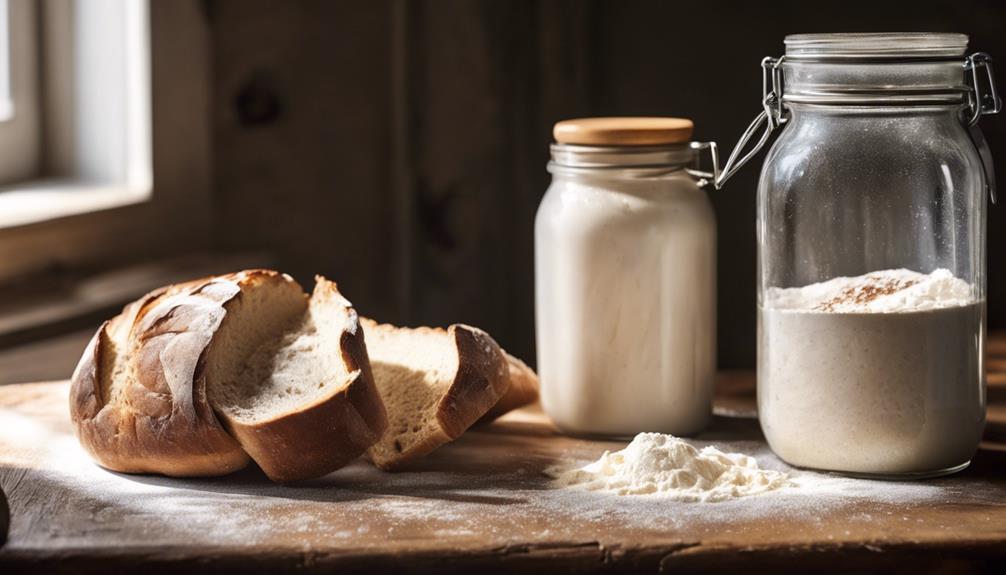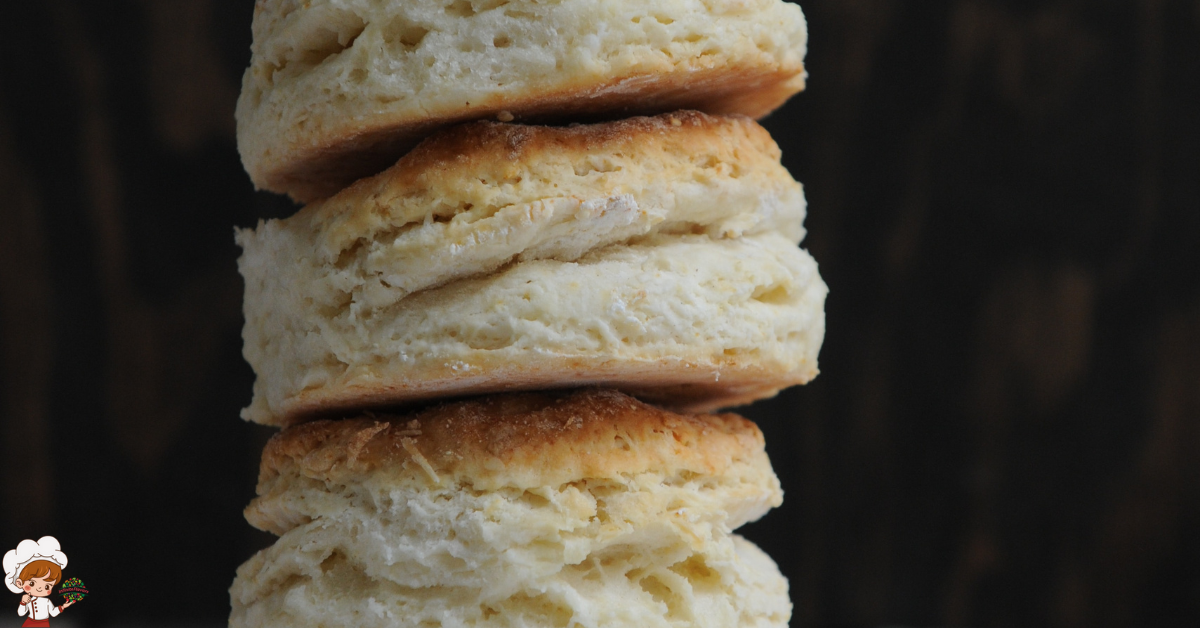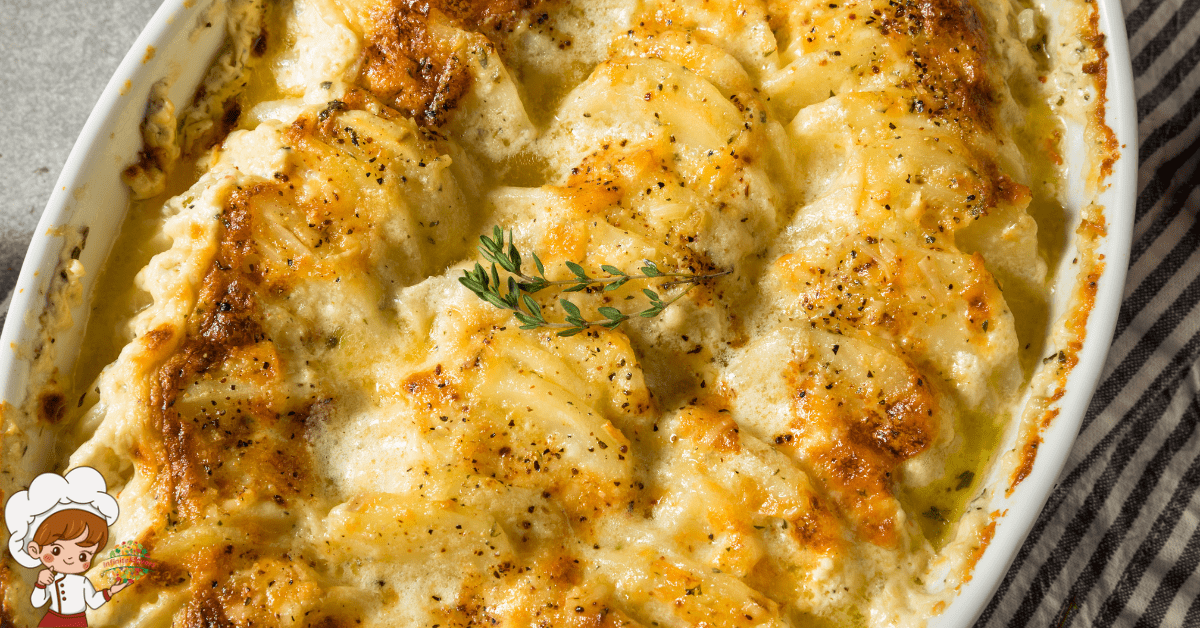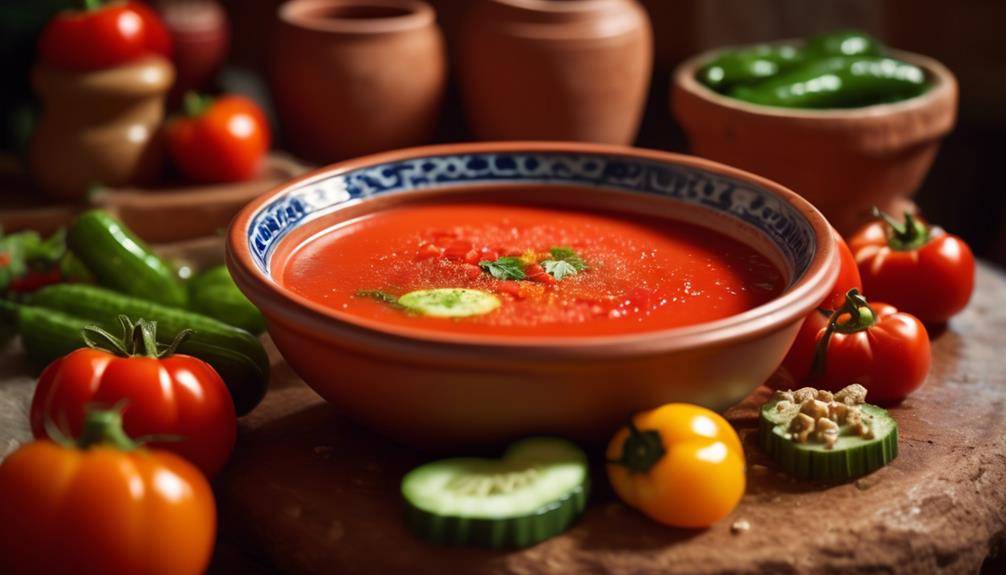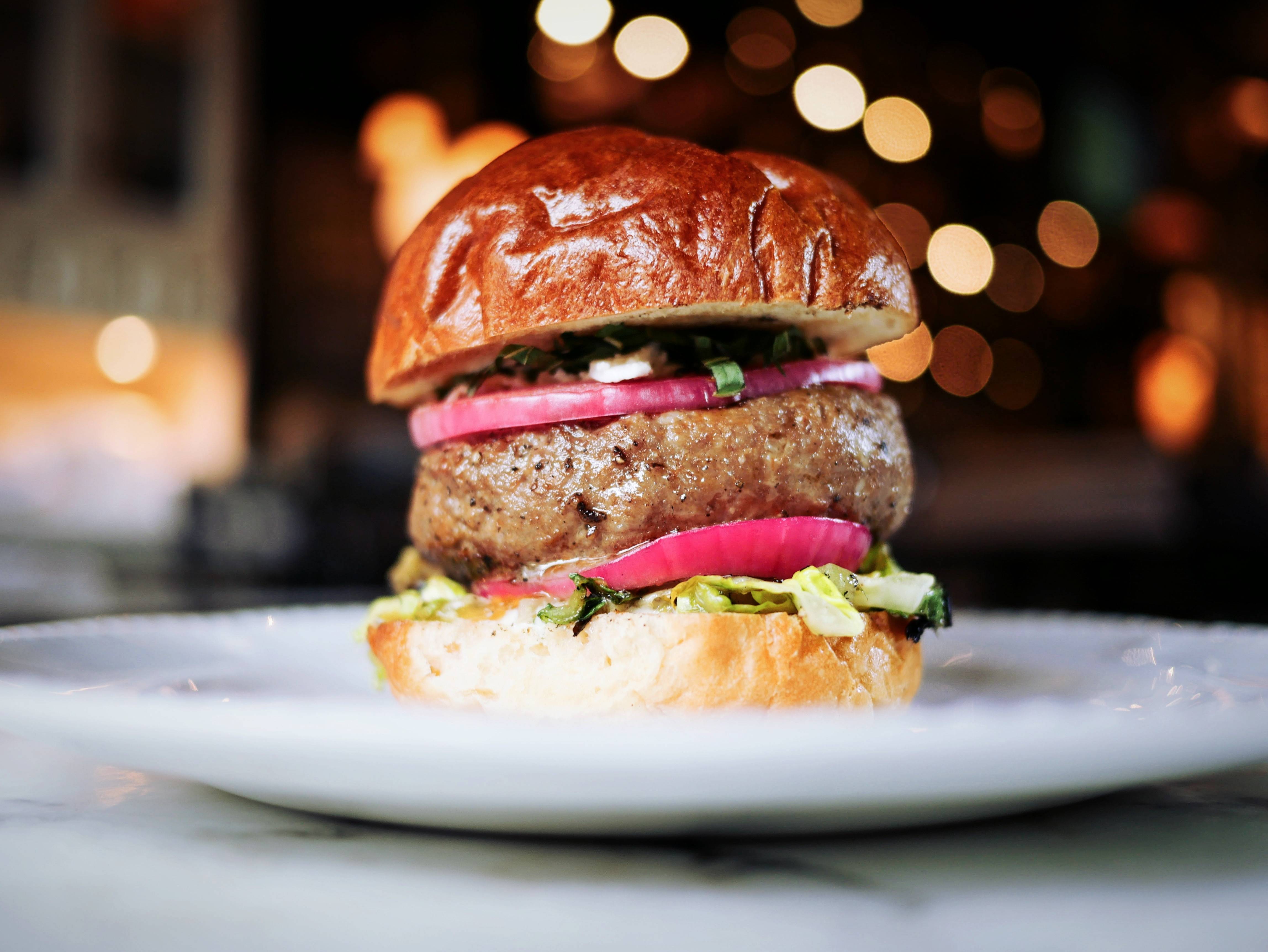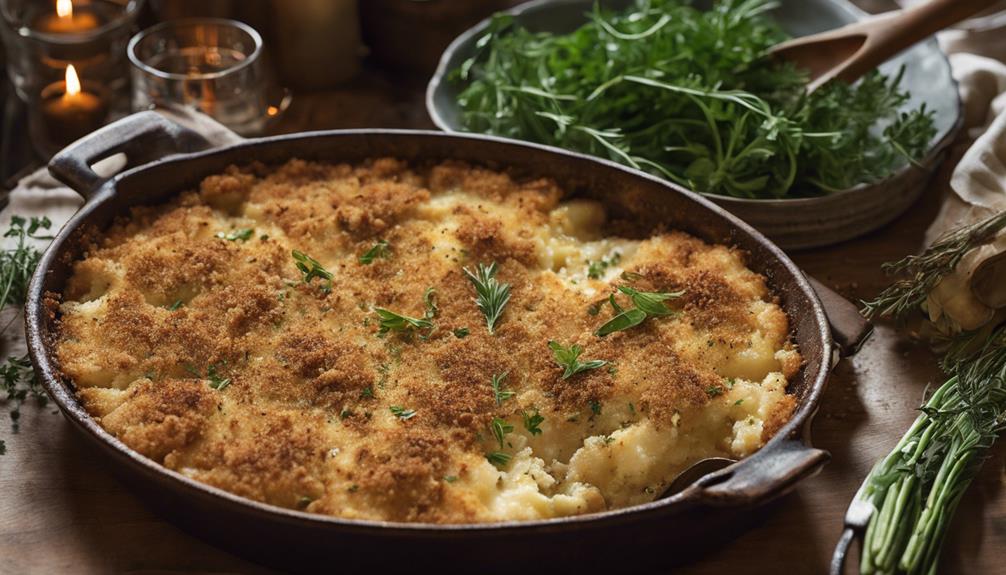Exploring The Best History Of Chinese Tea Culture
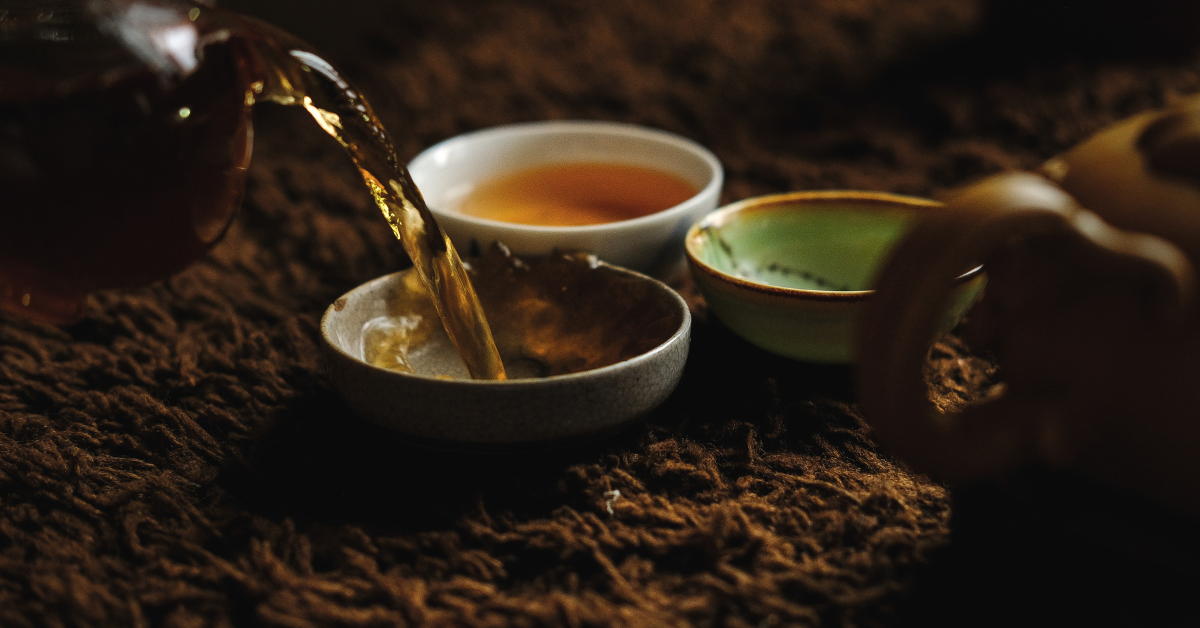
Have you ever wondered about the origins of Chinese Tea culture? Step into the rich history of tea in China and explore how it has shaped their society. From ancient times, tea has held a special place in Chinese traditions and rituals. Imagine yourself sipping a cup of tea while delving into the influence it has had on art, literature, and even trade and exportation. Discover the different types of Chinese tea, each with its own unique flavor and characteristics. As you journey through the centuries, you will uncover how tea has become an integral part of Chinese identity, both past and present. So grab a cup of tea and embark on a fascinating exploration of Chinese tea culture.
Ancient Origins of Chinese Tea
One of the earliest records of Chinese tea can be traced back to the 3rd century AD, when it was first discovered and cultivated by ancient Chinese tea farmers. The origins of Chinese tea can be explored through its evolution, which has shaped the rich and diverse tea culture that exists in China today.
The evolution of Chinese tea can be attributed to several factors, including geographical and cultural influences. The mountainous regions of China, with their fertile soil and favorable climate, provided the ideal conditions for the cultivation of tea plants. As a result, different varieties of tea were developed in different regions, each with its own distinct flavor and characteristics.
Chinese tea was initially consumed for its medicinal properties, as it was believed to have healing and rejuvenating effects on the body. Over time, however, tea became more than just a medicinal beverage. It became a symbol of hospitality, social status, and spiritual enlightenment. Tea ceremonies were developed as a way to celebrate and appreciate the art of tea making, with specific rituals and etiquette observed during the preparation and serving of tea.
The evolution of Chinese tea also coincided with the introduction of tea drinking to other parts of the world. As trade routes expanded, tea was exported to neighboring countries and eventually made its way to Europe and the Americas. This global exchange of tea not only influenced the way tea was consumed in different cultures but also contributed to the development of different tea varieties and brewing techniques.
Development of Tea Drinking Rituals
How did the development of tea drinking rituals shape Chinese tea culture?
Tea drinking rituals have played a crucial role in shaping Chinese tea culture. Over the centuries, these rituals have evolved and become an integral part of Chinese society. Here are four significant ways in which the development of tea drinking rituals has influenced Chinese tea culture:
- Cultivation of Tea Gardens: The development of tea drinking rituals led to the establishment of tea gardens. These gardens were carefully cultivated to grow high-quality tea leaves, which were then used in the tea brewing process. The art of tea cultivation became a respected practice, and the tea gardens became sacred spaces where people could connect with nature and appreciate the beauty of tea.
- Refinement of Tea Brewing Techniques: Tea drinking rituals have contributed to the refinement of tea brewing techniques. These rituals emphasize the importance of water temperature, tea leaves, and brewing time. Through experimentation and observation, tea enthusiasts discovered the optimal conditions for brewing different types of tea. As a result, Chinese tea culture became known for its precise and delicate brewing techniques.
- Social and Cultural Significance: Tea drinking rituals became a symbol of hospitality, friendship, and respect in Chinese society. These rituals were often performed during social gatherings and formal occasions. The act of serving tea became a way to show appreciation and build connections. The tea ceremony became a means of expressing cultural values and traditions.
- Health and Wellness: The development of tea drinking rituals also highlighted the health benefits of tea. Chinese tea culture emphasizes the importance of using high-quality tea leaves and brewing methods that preserve the tea’s medicinal properties. Tea drinking rituals became associated with promoting well-being and balance in both the body and mind.
Influence of Tea in Chinese Society
Tea has long held a significant place in Chinese society, serving as a symbol of social status and refinement. It is not just a beverage, but a cultural practice that is deeply ingrained in daily life. Tea ceremonies and rituals, often accompanied by elaborate preparation and presentation, further emphasize the importance of tea in Chinese society, showcasing the artistry and sophistication associated with this ancient tradition.
Tea as Social Symbol
In Chinese society, tea serves as a significant marker of social status and cultural refinement. The tradition of tea drinking in China dates back thousands of years and has played a crucial role in shaping the country’s social fabric. Here are four ways in which tea functions as a social symbol in Chinese society:
- Status: The type and quality of tea consumed can reflect one’s social standing. Drinking rare and expensive teas is often associated with wealth and prestige.
- Etiquette: The practice of tea drinking is accompanied by a set of elaborate rituals and etiquette. Understanding and adhering to these customs is seen as a sign of sophistication and refinement.
- Hospitality: Serving tea to guests is an important gesture of hospitality and respect in Chinese culture. Offering tea is a way to show appreciation and create a harmonious atmosphere.
- Business and diplomacy: Tea ceremonies have been used as a means of communication and building relationships in business and diplomatic settings. Sharing tea can help foster trust and facilitate negotiations.
Tea’s role as a social symbol underscores its deep-rooted influence in Chinese society, where it continues to shape interactions and relationships.
Tea Ceremonies and Rituals
Tea ceremonies and rituals play a central role in shaping the influence of tea in Chinese society. These ceremonies are not just about the act of drinking tea; they are steeped in tradition and have a deep cultural significance. Tea ceremony etiquette is followed meticulously, with each step carefully executed to create a harmonious and serene atmosphere.
From the preparation of the tea to the way it is poured and served, every aspect of the ceremony is imbued with meaning. Tea rituals are not only a way to enjoy the taste and aroma of tea, but they also serve as a way to connect with others and show respect for one’s guests. The cultural significance of tea rituals lies in the emphasis on mindfulness, harmony, and tranquility, making them an integral part of Chinese society.
Types of Chinese Tea
There are various kinds of tea that are deeply rooted in Chinese culture and tradition. Chinese tea is known for its rich flavors, unique aromas, and numerous health benefits. Here are four popular types of Chinese tea that you should explore:
- Green Tea: Green tea is one of the most consumed teas in China. It is known for its refreshing taste and vibrant green color. Green tea leaves are carefully picked, steamed or pan-fired to preserve their natural flavors and health benefits. It is often brewed at lower temperatures to bring out its delicate and grassy taste. Green tea is believed to have numerous health benefits, including boosting metabolism, aiding in weight loss, and reducing the risk of heart disease.
- Black Tea: Black tea, also known as red tea in China, undergoes a process of withering, rolling, oxidation, and drying. It has a robust flavor and deep reddish-brown color. Black tea is often enjoyed with milk or sugar and is known for its energizing properties. It is believed to improve cardiovascular health, promote digestion, and strengthen the immune system.
- Oolong Tea: Oolong tea is a partially oxidized tea that falls between green and black tea in terms of flavor and color. It is known for its complex and floral taste, as well as its wide range of health benefits. Oolong tea is often brewed using different methods, such as gongfu style or steeping in a teapot. It is believed to aid in digestion, promote weight loss, and improve mental alertness.
- Pu-erh Tea: Pu-erh tea is a fermented tea that is highly prized in China for its unique flavor and aging potential. It has a rich and earthy taste, with a dark reddish-brown color. Pu-erh tea is often compressed into cakes or bricks and can be aged for several years, resulting in a smoother and more mellow flavor. It is believed to aid in digestion, lower cholesterol levels, and promote weight loss.
These are just a few examples of the wide variety of Chinese teas available. Each type of tea offers a unique taste and set of health benefits. Whether you prefer the refreshing notes of green tea or the bold flavors of black tea, exploring the world of Chinese tea is a journey worth taking.
Tea and Chinese Art
Tea has long been a source of inspiration for Chinese artists, who often depict the beauty and elegance of tea in their artwork. From delicate brushstrokes capturing the intricacy of tea leaves to vibrant paintings showcasing the serene atmosphere of tea ceremonies, the art of tea is a recurring theme in Chinese art. Additionally, the symbolism of tea vessels in Chinese art reflects the cultural significance and spiritual aspects associated with tea drinking.
Tea as Artistic Inspiration
You may be surprised to learn that Chinese art has been greatly influenced by the serene beauty and cultural significance of tea. Tea, with its deep-rooted connection to meditation and mindfulness, has inspired artists throughout Chinese history to create masterpieces that capture the essence of this ancient beverage. Here are four ways in which tea has served as a muse for Chinese artists:
- Tea Ceramics: The delicate craftsmanship of teaware, such as porcelain teapots and cups, reflects the elegance and refinement associated with tea drinking.
- Tea Gardens: Chinese landscapes often feature tea gardens, where artists depict the harmonious coexistence of nature and tea cultivation, evoking a sense of tranquility and contemplation.
- Tea Poetry: Tea has inspired countless poems, with poets using vivid imagery to capture the sensory experience and spiritual connection that tea brings.
- Tea Paintings: From delicate ink wash paintings to vibrant brushstrokes, Chinese artists have depicted tea ceremonies and tea leaves in a variety of styles, showcasing their artistic skill and appreciation for tea culture.
Through their art, Chinese artists have not only celebrated the beauty of tea but also conveyed its meditative and mindful qualities, making tea an enduring source of inspiration.
Tea Ceremonies in Art
One way to explore the connection between tea and Chinese art is through the depiction of tea ceremonies. Tea ceremonies have long been an integral part of Chinese culture, and they have been portrayed in various forms of art, including literature and paintings. In literature, tea ceremonies are often described as a spiritual practice, representing harmony, tranquility, and mindfulness.
Through the careful preparation and serving of tea, participants engage in a meditative ritual that brings them closer to nature and themselves. The art of tea ceremonies is not only about the act of drinking tea, but also about the aesthetics and symbolism associated with it. Artists have captured the grace and elegance of tea ceremonies, showcasing the intricate tea utensils, the delicate pouring of tea, and the serene atmosphere that surrounds these gatherings. These artistic depictions serve as a visual representation of the importance and beauty of tea ceremonies in Chinese culture.
Symbolism of Tea Vessels
To delve into the symbolism of tea vessels in Chinese art, explore the intricate meanings conveyed through their design and use. Tea vessels in Chinese culture carry deep symbolic significance, reflecting the values and beliefs of the society. Here are four key aspects to consider:
- Shape and Material: The shape and material of tea vessels convey cultural meanings. For example, the delicate porcelain teacups represent refinement and elegance.
- Decorative Motifs: Intricate patterns and motifs on tea vessels often depict auspicious symbols such as dragons, peonies, and lotus flowers, symbolizing good fortune and prosperity.
- Color Symbolism: Different colors have symbolic associations in Chinese culture. For instance, red symbolizes joy and celebration, while green represents fertility and growth.
- Ritual and Ceremony: Tea vessels play a crucial role in tea ceremonies, where each step and gesture holds symbolic significance, creating a harmonious and spiritual experience.
Understanding the symbolism of tea vessels adds depth and meaning to the traditional Chinese tea culture, enhancing the appreciation of this ancient art form.
Tea in Chinese Literature
As you explore the history of Chinese tea culture, it is fascinating to observe how tea in Chinese literature plays a significant role in capturing the essence of traditional values and societal norms. Chinese tea has been deeply intertwined with literature for centuries, serving as a powerful symbol and metaphor in poems and other written works.
Tea symbolism in poems is a prevalent theme in Chinese literature. The act of making and consuming tea represents harmony, tranquility, and refinement. The delicate process of brewing tea mirrors the intricate art of writing poetry, where every word is carefully chosen and arranged. The fragrance and taste of tea evoke sensory experiences that poets often use to convey their emotions and thoughts.
In Tang Dynasty poetry, tea is often depicted as a conduit for social gatherings and intellectual discourse. Poets would gather in tea houses, engaging in lively conversations while sipping tea. These gatherings provided a platform for the exchange of ideas, as well as an opportunity to showcase one’s poetic prowess. Tea became a symbol of intellectual stimulation and cultural refinement.
Tea symbolism in Chinese literature also reflects societal values and norms. The appreciation of tea and its accompanying rituals became a mark of sophistication and social status. In poems, tea ceremonies are depicted as a way to demonstrate one’s knowledge of etiquette and propriety. The act of offering and receiving tea is seen as a gesture of respect and hospitality, highlighting the importance of interpersonal relationships in Chinese culture.
Tea Trade and Exportation
Continuing the exploration of Chinese tea culture, let’s delve into the fascinating world of tea trade and exportation. The trade of tea has played a significant role in shaping the history of China and has had a profound impact on local economies. Here are four key aspects to consider:
- Expansion of Tea Plantations: The demand for tea both within China and in international markets has led to the expansion of tea plantations across the country. Tea cultivation has become a major agricultural industry, providing employment opportunities and contributing to the economic growth of rural areas.
- Exportation to Global Markets: China has been a leading exporter of tea for centuries, supplying tea to countries all over the world. Chinese tea has gained a reputation for its quality and distinct flavors, making it highly sought after in international markets. This trade has not only generated significant revenue but has also fostered cultural exchange and diplomacy between China and other nations.
- Influence on Regional Economies: The establishment of tea trade routes and the growth of tea-related industries have had a profound impact on regional economies. Tea-producing regions, such as Fujian, Zhejiang, and Yunnan, have experienced economic prosperity and development due to the tea trade. These regions have become centers for tea processing, packaging, and distribution, creating a thriving tea industry ecosystem.
- Development of Tea Trading Hubs: Tea trade has given rise to bustling tea trading hubs, such as Guangzhou, Shanghai, and Xiamen. These cities have become the epicenters of tea commerce, attracting traders from all over the world. These trading hubs not only facilitate the exchange of tea but also serve as platforms for cultural exchange and the spread of tea knowledge.
The tea trade and exportation have not only shaped Chinese tea culture but have also had a lasting impact on local economies. The expansion of tea plantations, exportation to global markets, influence on regional economies, and development of tea trading hubs have all contributed to the growth and prosperity of tea-producing regions in China.
Modern-day Chinese Tea Culture
The evolution of Chinese tea culture has brought forth a vibrant and dynamic modern-day tea culture that captivates tea enthusiasts worldwide. In modern China, tea culture is deeply ingrained in everyday life and continues to thrive. Tea houses and tea shops play a significant role in promoting and preserving this cultural phenomenon.
Tea houses have been an integral part of Chinese society for centuries. They serve as social spaces where people gather to enjoy tea, engage in conversations, and appreciate the art of tea preparation. These tea houses offer a wide variety of teas, ranging from traditional to exotic blends, providing a unique experience for tea lovers. The ambiance of these establishments is carefully crafted to create a serene and tranquil atmosphere, allowing visitors to escape from the hustle and bustle of everyday life.
Tea shops, on the other hand, cater to the growing demand for high-quality teas. These establishments offer a wide selection of teas sourced from different regions of China, each with its distinctive flavors and aromas. Tea enthusiasts can explore and purchase a range of teas, including green tea, black tea, oolong tea, and pu-erh tea, among others. In addition to loose-leaf teas, tea shops also provide tea accessories, such as teapots, cups, and infusers, enabling customers to enhance their tea-drinking experience.
Both tea houses and tea shops serve as platforms for tea education and appreciation. They often hold tea tastings, workshops, and events to educate customers about the various types of tea, their health benefits, and the art of tea brewing. These venues not only provide a space for socializing but also foster a sense of community among tea enthusiasts, creating a shared passion for tea culture in modern China.
Conclusion
In conclusion, the history of Chinese tea culture is a rich and intricate tapestry that spans centuries. From its ancient origins to the development of elaborate tea drinking rituals, tea has played a significant role in Chinese society. It has influenced art, literature, and even global trade. Today, Chinese tea culture continues to thrive, with a wide variety of tea types available and a deep appreciation for the art and tradition of tea drinking. It is a testament to the enduring power and significance of tea in Chinese culture.



